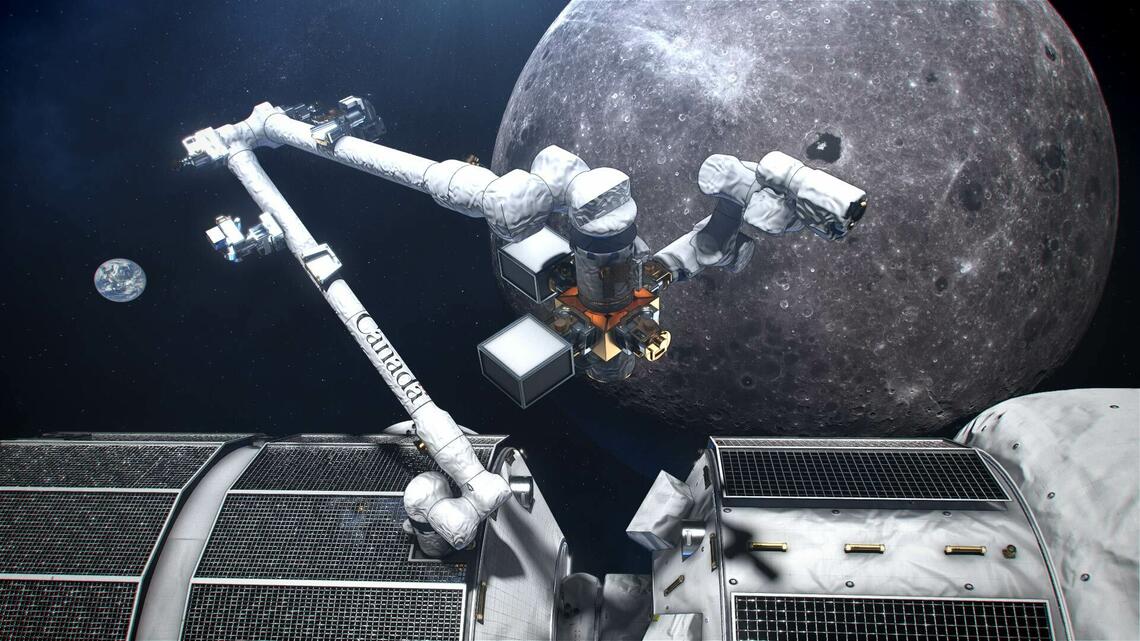
Aug. 7, 2024
UCalgary team selected as semi-finalist in national challenge to purify moon water
Water is a critical resource on Earth and in space, but it’s expected any water source on the moon would contain contaminants.
That’s why the Canadian Space Agency and Impact Canada launched the Aqualunar Challenge, which called on Canadian innovators to develop solutions to purify moon water. Eight organizations, including a University of Calgary team, have been named as semi-finalists.
“It’s working with a group of people I have worked with over many years,” says Dr. Elmar Prenner, PhD, a professor of Biological Sciences in the Faculty of Science who’s leading the UCalgary team.
His team also includes Murray Paulson of Starlight Technical Services, Kirat Singh of APNI Technology Corporation and John Murphy of Bio-Stream Diagnostics Inc.
Prenner says their project — called Pure Water from Lunar Ice: Advancing Water Purification in Space — involves applied science rather than his regular research areas.
“Murray is a space buff and so, when we saw this, we thought it was totally different, it’s interesting, let’s try,” he says.
Purifying any water that exists on the moon would be critical to future space missions to support the production of food, oxygen and rocket fuel.

From left: The Calgary team of Murray Paulson, Elmar Prenner, Kirat Singh and John Murphy brings together an entrepreneurial combination of biochemists and physicists.
Courtesy Elmar Prennar
“They found ice, but it’s not just ice,” Prenner explains. “It’s ice mixed with various frozen toxic gases … so they want to have pure water. One litre of water per hour.”
His team of biochemists and physicists is working on a system to zap moon dust with microwaves, freeze out chemicals for future use and collect pure water.
“What we proposed was basically a unit in several stages that would use evaporation, separation by physical principles and condensate to test for purity,” he says. “We want to make sure it’s just water.”
Prenner doesn’t want to reveal too much, because it IS a competition, but he notes that the project builds on the university’s strategy of being entrepreneurial and working with companies on applied science. UCalgary is the No. 1 startup creator among Canadian research institutions, three years in a row.
The other semi-finalists in the Aqualunar Challenge include several technology companies, the Canadian Space Mining Corporation, and a team from McGill University.
Each of the teams received $22,500 to develop the key components of their prototypes and participate in an “innovator bootcamp” in Montreal later this year.
They are competing for $105,000 in grant funding and the opportunity to become one of four finalists in spring 2025. The grand prize winner, which receives $400,000, will be selected by spring 2026.
The Canadian Space Agency says the technology could also be used to help advance water purification on Earth.

An artist's concept of Canadarm3, Canada's robotic system, located on the exterior of the Gateway, a small space station orbiting around the moon.
Canadian Space Agency archive






